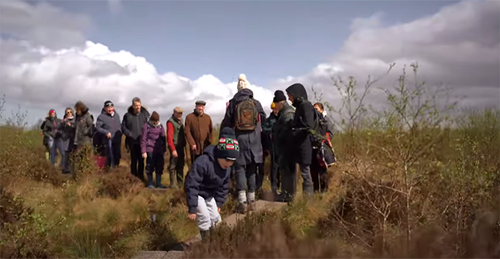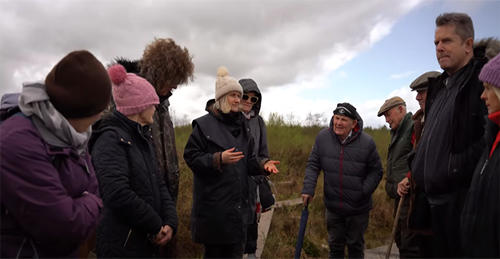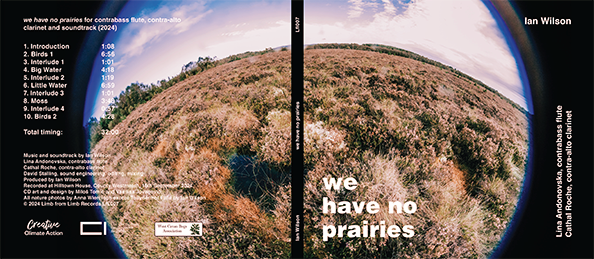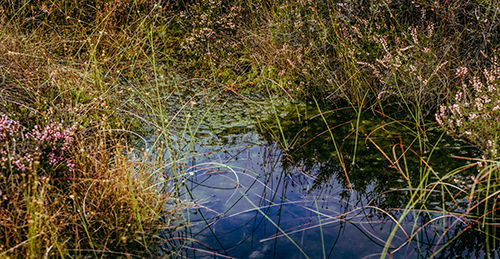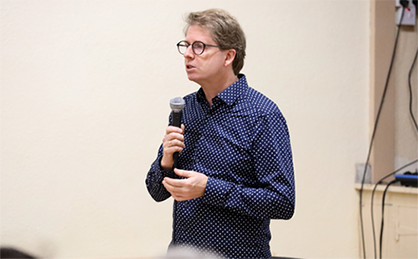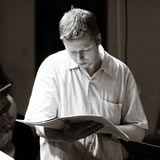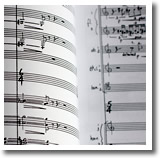Restoring Cavan’s Boglands: An Innovative Fusion of Art, Science, and Community
Introduction
Restoring Cavan’s Boglands is a ground-breaking initiative that seamlessly blends ecological conservation, scientific research, and contemporary classical music to reframe how we perceive and engage with boglands. Originating in West County Cavan, Ireland, this project demonstrates a replicable model for restoring bogland ecosystems globally. By integrating public engagement, hydrological research, and artistic interpretation, the project has pioneered a multidisciplinary approach to environmental advocacy.
Project genesis and community-centric approach
Initially titled Rewetting Cavan’s Boglands, the project quickly evolved into Restoring Cavan’s Boglands to foster inclusivity among farmers and landowners facing the challenges of extreme weather conditions. By prioritising community dialogue, the project directly engaged farmers, environmentalists, and landowners through public meetings, field trips, and participatory sound recording sessions. This grassroots approach helped bridge the gap between scientific data collection and artistic exploration, ensuring that bogland conservation – restored boglands are excellent for encouraging biodiversity and for sequestering carbon from the atmosphere – was understood and valued at a local level.
Science and data-driven conservation
Under the expert guidance of hydrologist Francis Mackin (of RPS Ireland), 16 piezometers were strategically placed in Aughaweena Bog, outside Ballyconnell, to monitor groundwater levels and assess the health of the bog. This crucial scientific data has contributed to a broader understanding of bogland restoration and was instrumental in securing funding for a professional restoration plan for the Fartrin/Aughaweena bog—an unprecedented success for conservation efforts in West Cavan.
Public engagement and behavioural change
Through a series of well-attended community meetings, participants were introduced to the multifaceted value of boglands. Cavan ecologist Heather Bothwell provided immersive presentations on bog biodiversity, while Wilson’s interactive sound recordings offered a novel sensory experience of bogs. Farmers and landowners, previously disengaged from the conversation on bog conservation, began to reconsider their relationship with these landscapes. As a result, 13 farmers formally committed to restoration efforts—a significant success exceeding the project’s initial goal of six to eight participants.
Cultural legacy and long-term impact
Restoring Cavan’s Boglands has not only revitalised the work of the West Cavan Bogs Association but has also sparked a cultural shift in local attitudes toward peatland conservation. The initiative culminated in a packed event at Belturbet Railway Museum on Culture Night in September 2024, where Wilson’s composition was performed live, showcasing the intersection of ecology and music. The professional recording and CD release of we have no prairies ensure that this project will have a lasting artistic and educational impact.
Global Relevance and Innovation
What makes Restoring Cavan’s Boglands a pioneering initiative is its holistic approach—melding scientific research, public engagement, and artistic expression to create tangible environmental change. The project’s ability to influence policy, engage communities, and produce a world-class artistic output makes it a transformative model for cultural and ecological initiatives worldwide.
- Multidisciplinary integration: this project unites hydrology, ecology, community activism, and contemporary classical music in an unprecedented way.
- Measurable Environmental Impact: the collection of scientific data and its influence on local conservation policies showcase how the arts can drive tangible change.
- Community-led transformation: by directly engaging farmers and landowners, the project has fostered real shifts in attitudes and land management practices.
- Enduring cultural contribution: the professionally recorded composition and the public’s participation in its creation ensure a long-lasting legacy.
- Scalability and global adaptability: though rooted in West Cavan, this model of bogland restoration can be applied to similar ecosystems worldwide.
Conclusion
Restoring Cavan’s Boglands exemplifies the innovative role of the arts in contemporary society, not just as a means of expression, but as a catalyst for environmental and social change. This project is a bold, imaginative, and highly effective fusion of science, music, and community engagement.
Listen to we have no prairies: soundcloud.com

